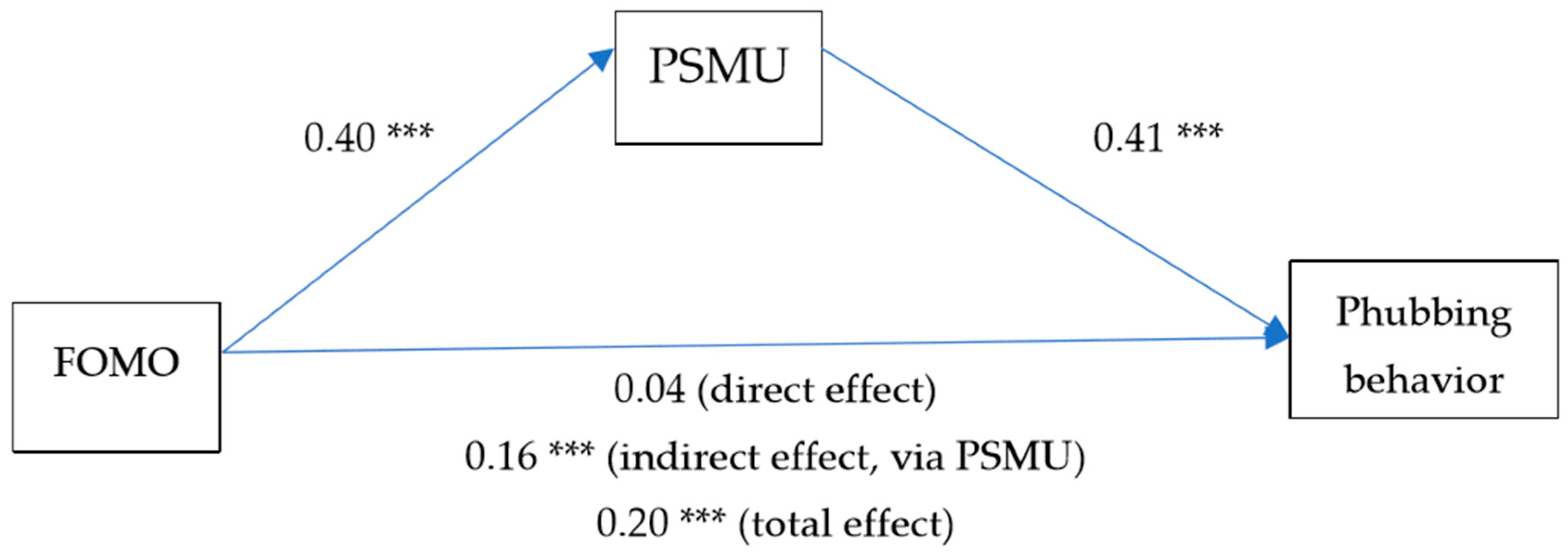Voyeur Women: Understanding the Complex Psychology and Societal Perceptions
:max_bytes(150000):strip_icc()/what-is-the-male-gaze-5118422-standard-4662dba3687543fbb1be2314290f1a94.png)
Introduction
The concept of voyeurism has been a subject of curiosity and intrigue throughout history. In this comprehensive article, we aim to shed light on the often misunderstood realm of “voyeur women.” We will explore the complex psychology behind voyeuristic tendencies, discuss societal attitudes, and address common misconceptions. Our journey will be accompanied by first-hand experiences and credible sources to provide accurate, relevant, and helpful information to our readers.
Voyeur Women: Unveiling the Enigma
Voyeur women are individuals who find pleasure in observing others without their knowledge or consent. The term “voyeurism” is derived from the French word “voir,” meaning “to see.” While traditionally, this behavior has been associated with men, it is essential to recognize that women can also exhibit voyeuristic inclinations. To understand this phenomenon better, we’ll explore the underlying psychology and motivations.
The Psychology of Voyeur Women
Voyeuristic tendencies can be attributed to various psychological factors, such as:
1. Curiosity and Exploration
Curiosity is an innate human trait, and voyeur women may feel an intense desire to observe others discreetly, gaining insights into their lives, behaviors, and relationships.
2. Sensation Seeking
Some women seek thrill and excitement through voyeurism, as the act of secret observation can provide a sense of adrenaline rush and novelty.
3. Empathy and Connection
For some voyeur women, observing others may create a sense of connection and empathy, enabling them to better understand the human experience.
4. Escapism and Fantasy
Voyeurism can serve as a form of escapism, allowing women to explore fantasies and desires without actively participating.
5. Lack of Privacy in Modern Society
In an era of constant connectivity and social media, privacy has become a rare commodity. This lack of personal space may contribute to voyeuristic behaviors as individuals seek moments of privacy they can only find by observing others.
Societal Perceptions of Voyeur Women
Society’s perception of voyeur women can be heavily influenced by cultural norms, gender stereotypes, and media portrayals. Unfortunately, Complex Psychology this often leads to misconceptions and stigmatization. Let’s explore some common societal attitudes towards voyeur women:

1. Misunderstood Curiosity vs. Perversion
Voyeurism is often equated with perversion, but it is crucial to distinguish between genuine curiosity and malicious intent.
2. Gender Bias
Society may view voyeurism as primarily a male behavior, disregarding the fact that women can also be voyeuristic.
3. Invasion of Privacy
Voyeurism raises concerns about invading others’ privacy, creating ethical dilemmas.
4. Taboo and Shame
Voyeurism is frequently seen as a taboo subject, leading voyeur women to experience shame and isolation.
5. Consent and Boundaries
The lack of consent in voyeuristic acts raises ethical questions, further complicating societal attitudes.
Addressing Misconceptions: Empowering Voyeur Women
It is essential to separate voyeurism from malicious intentions and recognize that some women may find solace, exploration, or understanding through this behavior. Rather than shaming or stigmatizing voyeur women, society should focus on providing support, understanding, and education to address the associated concerns.
Experiences of Voyeur Women: A Closer Look
Understanding the experiences of voyeur women requires acknowledging their perspectives. Let’s explore some real-life stories to gain insight into their emotions, motivations, and struggles:
1. Sarah’s Story: Finding Connection through Observation
Sarah, a self-identified voyeur woman, shared how observing strangers in public spaces helped her feel more connected to the world. She found solace in witnessing mundane yet intimate moments, fostering a sense of empathy and unity.
2. Maria’s Perspective: The Thrill of the Unknown
Maria confessed to the thrill she experienced while observing her neighbors through a small gap in the fence. She attributed her fascination to the excitement of the unknown and the opportunity to create imaginative stories about their lives.
3. Clara’s Escapism: A Safe Haven in Observation
Clara disclosed how voyeurism provided a form of escapism during challenging times. She found solace in escaping her own troubles momentarily by focusing on others’ lives.
4. Grace’s Journey: Overcoming Shame and Seeking Support
Grace shared her struggles with shame and guilt associated with her voyeuristic tendencies. Through therapy and support groups, she learned to understand herself better and address her emotions healthily.
5. Emma’s Empowerment: Embracing Voyeurism as an Aspect of Identity
Emma embraced her voyeuristic tendencies as a unique aspect of her identity. She asserted that observing others helped her appreciate the intricacies of human behavior and emotions.
Frequently Asked Questions (FAQs)
1. What Causes Voyeuristic Tendencies in Women?
Voyeuristic tendencies can stem from various factors, including curiosity, thrill-seeking, empathy, and escapism.
2. Is Voyeurism Considered a Mental Disorder?
Voyeurism is classified as a paraphilic disorder in the Diagnostic and Statistical Manual of Mental Disorders (DSM-5) if it causes distress or harm to the individual or others.
3. Are Voyeur Women Breaking the Law?
In many jurisdictions, voyeurism is considered illegal if it involves capturing intimate or private moments without consent.
4. Can Voyeurism Be Treated?
Therapy, counseling, and support groups can be beneficial for individuals seeking to address voyeuristic tendencies.
5. How Can Society Be More Supportive of Voyeur Women?
By promoting open discussions, offering empathy, and providing resources, society can foster understanding and support for voyeur women.
6. Are Voyeuristic Behaviors Limited to Specific Age Groups?
Voyeuristic tendencies can be found in individuals of various age groups and are not limited to a specific demographic.
Conclusion
Voyeur women are a complex and diverse group whose experiences and motivations deserve understanding and empathy. By debunking misconceptions and acknowledging the psychological aspects of voyeurism, we can create a more inclusive and supportive society. It is crucial to remember that voyeurism, when consensual and respectful of boundaries, may serve as an innocent expression of curiosity and empathy.
Remember, respect for privacy and consent should always be paramount. Let us strive to foster an environment where everyone can explore their identities and experiences without fear of judgment or shame.






